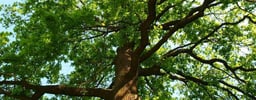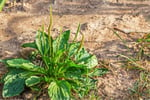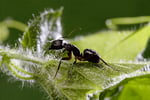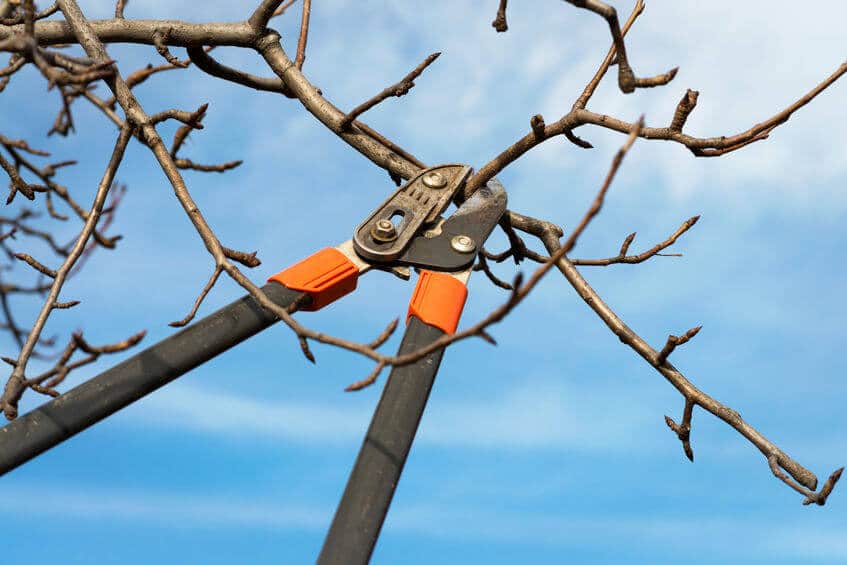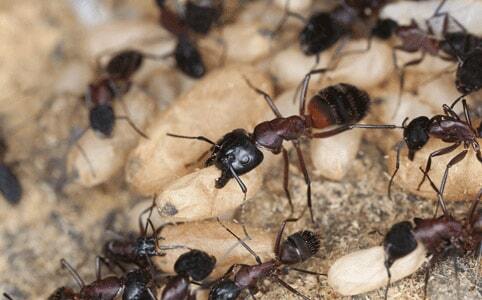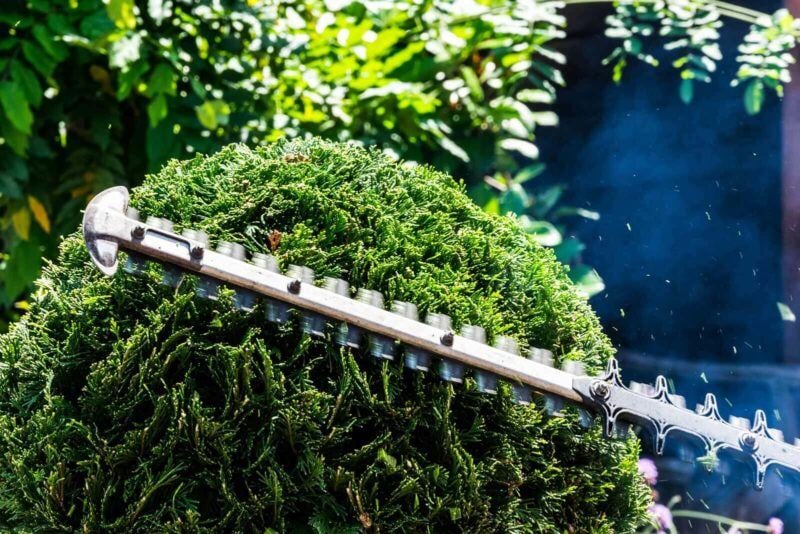Lawn Fungus Control
Necrotic Ring Spot
Although shaded areas are more susceptible to developing fungi like necrotic ring spots, fungus can be found anywhere on a lawn. Necrotic ring spots are patches of discolored grass, usually encompassing a center of healthy, green grass. Necrotic ring spots typically start to show symptoms when the weather is hot and temperatures reach 85 degrees Fahrenheit. Because symptoms start showing during the hot season, this fungus can be mistaken for patches of lawn that have simply not gotten enough water.
A common action associated with a person’s first interaction with necrotic ring spot is to increase water supply to these patches. Be advised this will not take away necrotic ring spots; it will only increase your water bill. Necrotic ring spots can be extremely damaging to lawns if they reoccur in the same locations each year. Lawn maintenance such as core aeration and overseeding can help prevent necrotic ring spots.
Snow Mold
Snow mold tends to grow where patches of standing snow or ice have accumulated. They become noticeable after the snow melts. There are two types of snow mold: grey and pink. Snow mold can continue to grow after the snow has melted if the grass remains cool and wet. Grey mold will stop growing when temperatures become higher than 45 degrees Fahrenheit, but pink snow mold can survive in temperatures up to 60 degrees Fahrenheit.
Fairy Rings
Fairy rings create circles of discolored grass around a yard. Although the grass looks dead, it’s actually not. Fairy rings don’t kill the grass because they don’t eat it; instead they eat decaying plant matter and thatch. The side effect of this process leaves the grass yellow because of the depletion of nutrients in the soil and the production of nitrogen. Fairy rings can be prevented by consistent lawn aeration and lawn maintenance.
Fairy rings occur in forested areas as well as lawns. A lawn that has a large amount of fairy rings might have tree trunks underneath it. In order to get rid of fairy rings, the food that the fungus is feeding off of needs to be eliminated; this includes tree trunks and thatch.


.png?width=1142&height=1350&name=Holiday%20Decor%202025%20LP%20-%20548x648%20%20(1).png)


